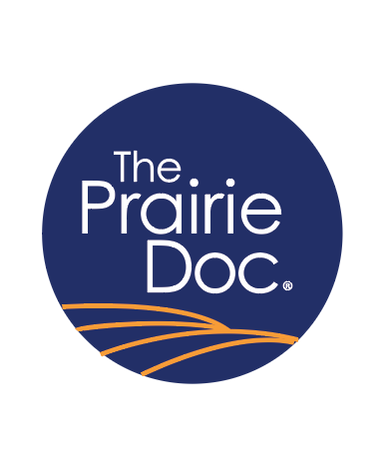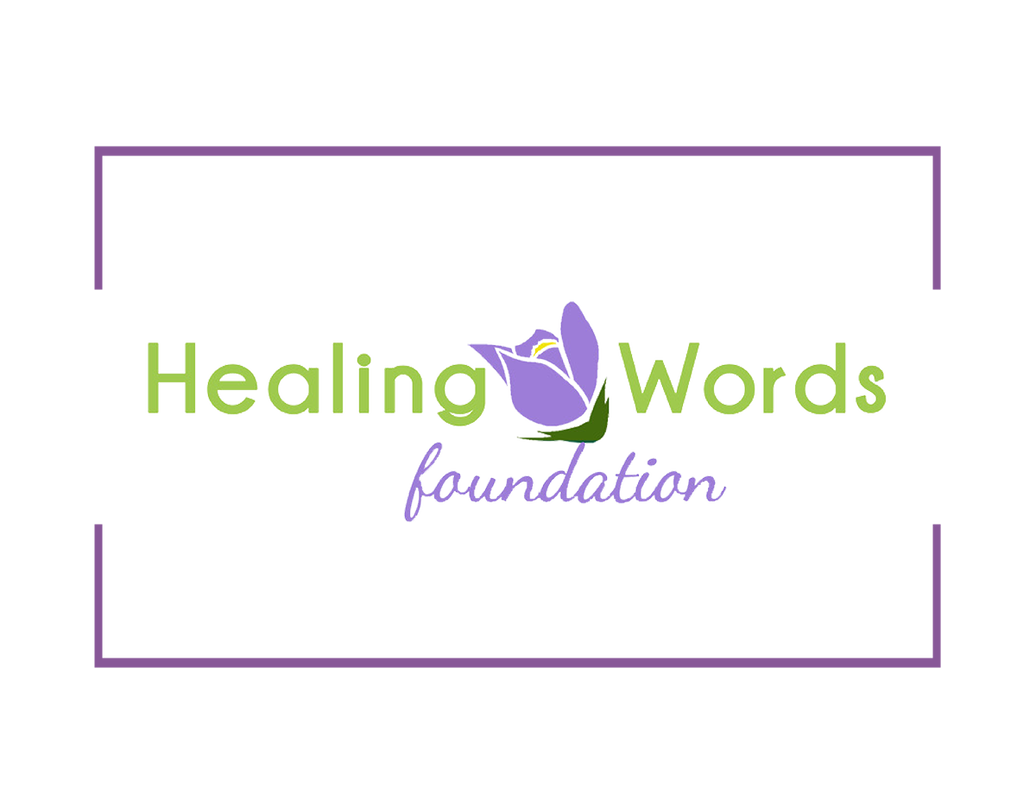|
Prairie Doc Perspective For the Week of February 25th, 2024
“The Nagging Cough” By Kelly Evans-Hullinger, MD “I’ve got this cough that just won’t go away,” my patient says, and I know this story all too well. Chronic cough, a cough that lasts more than two months, is a common ailment which in most cases is benign. But for the patient it is both bothersome and worrisome. If your cough has lasted for less than two months it may just be the residual effect of an upper respiratory infection. Dry cough after having one of many viruses can last for weeks and weeks, and the only cure is time. In patients who do have chronic cough, my first task is taking a good history. Are or were they a heavy smoker? If so I will be more apt to rule out cancer and consider lung imaging. I will also be suspicious of chronic obstructive pulmonary disease (COPD) which can be diagnosed by breathing tests. But many of these patients have no or little smoking history so are at low risk for those things. Why are they coughing? I can think of a few common reasons. Mild asthma often causes cough at nighttime, in the cold, or with activity; it isn’t always accompanied by wheezing. Simple breathing tests in the office can help us diagnose asthma, and it can be greatly helped with inhaled medications. Post-nasal drip is extremely common, and we have probably all experienced it with a cold or allergies. For patients who have this chronically, the mucous produced in the nose drains down the throat, causing irritation to the upper airway and an annoying cough. If this seems likely, I suggest the patient tries a steroid nasal spray every day for a month or two, and if that resolves the cough we have our answer. Gastroesophageal reflux disease, or GERD, doesn’t always cause classic heartburn. As the stomach acid creeps up the esophagus, especially when lying flat at night, it can get high enough to irritate the upper airway and cause cough. As with post-nasal drip, sometimes we just try treating this ailment with an acid reducing medication for a couple months to see if this cures the cough. Finally, a commonly used type of medication can actually cause benign cough as a side effect. ACE inhibitors like lisinopril are excellent drugs for hypertension and heart disease, but around 5-10% of people will get a dry cough with it. If so, the cough resolves when we stop the med. Back to my patient. “Tell me more about your cough,” I say. “I’m confident we can figure out what is going on, even if it takes a little time.” Kelly Evans-Hullinger, M.D. is part of The Prairie Doc® team of physicians and currently practices internal medicine in Brookings, South Dakota. Follow The Prairie Doc® at www.prairiedoc.org and on Facebook featuring On Call with the Prairie Doc® a medical Q&A show providing health information based on science, built on trust, streaming live on Facebook most Thursdays at 7 p.m. central. Prairie Doc Perspective Week of February 18th, 2024
“No Man is an Island” By Andrew Ellsworth, MD “No man is an island, entire of itself, every man is a piece of the continent, a part of the main.” This is the beginning of a poem from 1624. In it, the poet John Donne appreciates how humans are all connected. Indeed, humans are social beings, and social connection is a factor in our health. We all know the importance of a healthy diet and exercise for our health. We are getting better at understanding the importance of mental health. One thing we do not discuss much, however, are the benefits of social connection. Our relationships with family, friends, people at work and in the community have a major impact on our health and well-being. Those who are socially connected and have stable and supportive relationships can more easily make healthy choices and have better mental and physical health outcomes. Social connections can help us cope with stress, anxiety, depression, and hard times. Rates of most any disease are lower for those that feel a high sense of community. This includes lower rates of heart disease, strokes, dementia, depression, and anxiety. Social connection with others can improve sleep, decrease your risk of death, and reduce your risk of violence and suicide. Similarly, marriage decreases your risk of disease. While you may not need to get married to have a life-long partner, the benefits of a long-term relationship are well established. Marriage has been found to help with lower rates of cancer, dementia, and increases your chances of surviving a heart attack. Loneliness is becoming more rampant even as cities grow larger and transportation faster. We seem to have everything right on our phones to keep us company. Somehow, despite all these advances in technology, or perhaps because of them, people can feel ever more isolated and alone. So how do we build community? How do we foster social connections? One way is to encourage face to face contact, to get people together. Schools, sporting events, churches, grocery stores, coffee shops, parks, concerts, festivals, and more all help to build community. Civic organizations and volunteering can help foster social connections and help us find meaning and purpose. You can improve your social connections right now. You could call someone. You could consider going to a local basketball game, visiting someone alone in their home, or seek out a volunteer opportunity. When you increase your sense of social connection and community, you can improve your health. When you brighten up someone else’s day, you often brighten your own. John Donne’s famous poem “No Man is an Island” ends with a warning: “Any man’s death diminishes me, because I am involved in mankind. And therefore never send to know for whom the bell tolls; it tolls for thee.” Andrew Ellsworth, M.D. is part of The Prairie Doc® team of physicians and currently practices family medicine in Brookings, South Dakota. Follow The Prairie Doc® at www.prairiedoc.org and on Facebook and instagram featuring On Call with the Prairie Doc® a medical Q&A show celebrating its 22nd season of health information based on science, built on trust, streaming live on Facebook most Thursdays at 7 p.m. central. Prairie Doc Perspective Week of February 11th, 2024
“Fundamental Functions: Ear, Nose, Throat” By Debra Johnston, MD I confess that occasionally even doctors get squeamish. Or perhaps more honestly, this doctor does. My personal list has gotten pretty short, but one of the things that still makes me squirm is something I nevertheless frequently recommend to my patients. So what is this mysterious and rather ominous medical recommendation? Nasal saline irrigation. The practice of rinsing the nose out with liquid probably originated centuries ago in India, and it remains part of spiritual ritual as well as traditional medicine around the world. However, it isn’t something I learned about in medical school. Western medical research into it began in earnest perhaps 25 to 30 years ago. How does this rather torturous sounding practice help? It physically removes germs, allergen and irritant particles, it loosens thick mucous, and it helps the cilia — the tiny hairs lining our airways— clean things out. Although the practice is generally safe for almost everyone, there is one very important caveat. Your equipment must be clean, and the solution used prepared with sterile or distilled water, to prevent a very rare, but highly deadly, infection. When I tell someone I think they should flush a cup or so of salt water into one nostril and out the other one, and then do it again from the other side, they usually react with dismay. I freely admit that the idea sounds pretty awful, and that it makes my toes curl every time I suggest it. Then I tell them a story. I first recommended this for a patient who was all of 7 years old. Her horrible allergies and chronic sinus problems triggered frequent asthma attacks. She had a collection of inhalers and pills from the allergist, her dad had torn up the carpet, and the family dog was bathed twice a week and banished to the back yard. Parents, child, and doctor were all a little desperate. When I rather hesitantly suggested nasal saline irrigation, her mom was willing to try it. A month later, my little patient came dancing down the hallway, announcing with glee “Dr. Deb, Dr. Deb, I love my Netti Pot!” The simple act of regularly rinsing the allergens and irritants out of her nose had improved her symptoms so much that she could play outside with her dog. Now I tell my reluctant patients that if a literal child can do it, we can borrow some of her courage and try it too. If you suffer from chronic sinus problems, or even just the next time a cold or allergies has you stuffed up and miserable, ask your doctor if you should grit your teeth and give it a try. Debra Johnson, M.D. is part of The Prairie Doc® team of physicians and currently practices family medicine in Brookings, South Dakota. Follow The Prairie Doc® at www.prairiedoc.org and on Facebook featuring On Call with the Prairie Doc® a medical Q&A show providing health information based on science, built on trust for 22 Seasons, streaming live on Facebook most Thursdays at 7 p.m. central Prairie Doc Perspective Week of February 4th, 2024
“These Boots Are Made For Walking” By Jill Kruse, DO Winter weather has finally arrived this year. Getting outside for some activity, even in winter, is great for your overall health. However snow, ice, and cold can turn a stroll in the park into an obstacle course. Having proper footwear is not only important for warmth, but also the wellbeing of your feet. Choosing the correct boots for the elements could mean the difference between enjoying the outdoors and needing an urgent care visit. What makes good footwear for enjoying the outdoors safely? Good traction is essential for walking outside in slippery conditions. If your shoes do not have good traction, you can buy ice cleat attachments. However, you likely already have something in your home that will help with increasing traction on icy sidewalks. The New Zealand Medical Journal published a study showing a significant improvement in traction by placing socks over normal footwear. In the study, those who wore socks over their shoes found walking on a hillside footpath less slippery and had increased confidence. You may look silly, but you are less likely to slip. Having proper fitting shoes is also important when going outside. Shoes that are too tight could decrease circulation; leading to swelling of the feet and ankles. If they are too small, it can lead to ingrown toenails, corns, and calluses. Conversely, boots that are too loose can cause friction leading to blisters. Ill-fitting shoes can have poor arch support causing shin pain when walking. One might also be at higher risk for jamming a toe or spraining an ankle due to tripping or falling caused by improper fitting shoes. Additionally having shoes that keep your feet warm and dry are crucial in the winter. Frostbite occurs most commonly in extremities, such as fingers, toes, or the nose. The first signs of frostbite are a pins and needles sensation, throbbing, or aching in the affected areas. Trench foot has similar symptoms, but is caused by feet being in a wet environment for a prolonged period of time. Wet socks and wet boots can lead to both of these injuries. It is important to dry out boots between uses and have clean, dry socks when going outside in the winter. Having boots with weatherproofing and insulation will also help prevent these issues from occurring. Now that you know what “Boots are Made for Walking” and whether you are “Walking on Sunshine,” “Walking in Memphis,” or just want to “Walk the Line”. The proper winter boots will keep you upright and safe. We would not want you to fall and have anyone else “walk all over you.” So stay safe, get outside and stay healthy out there. Jill Kruse, D.O. is part of The Prairie Doc® team of physicians and currently practices as a hospitalist in Brookings, South Dakota. Follow The Prairie Doc® at www.prairiedoc.org and on Facebook and Instagram featuring On Call with the Prairie Doc®, a medical Q&A show providing health information based on science, built on trust, streaming live on Facebook and SDPB most Thursdays at 7 p.m. central. |
Archives
July 2024
Categories |
 RSS Feed
RSS Feed


